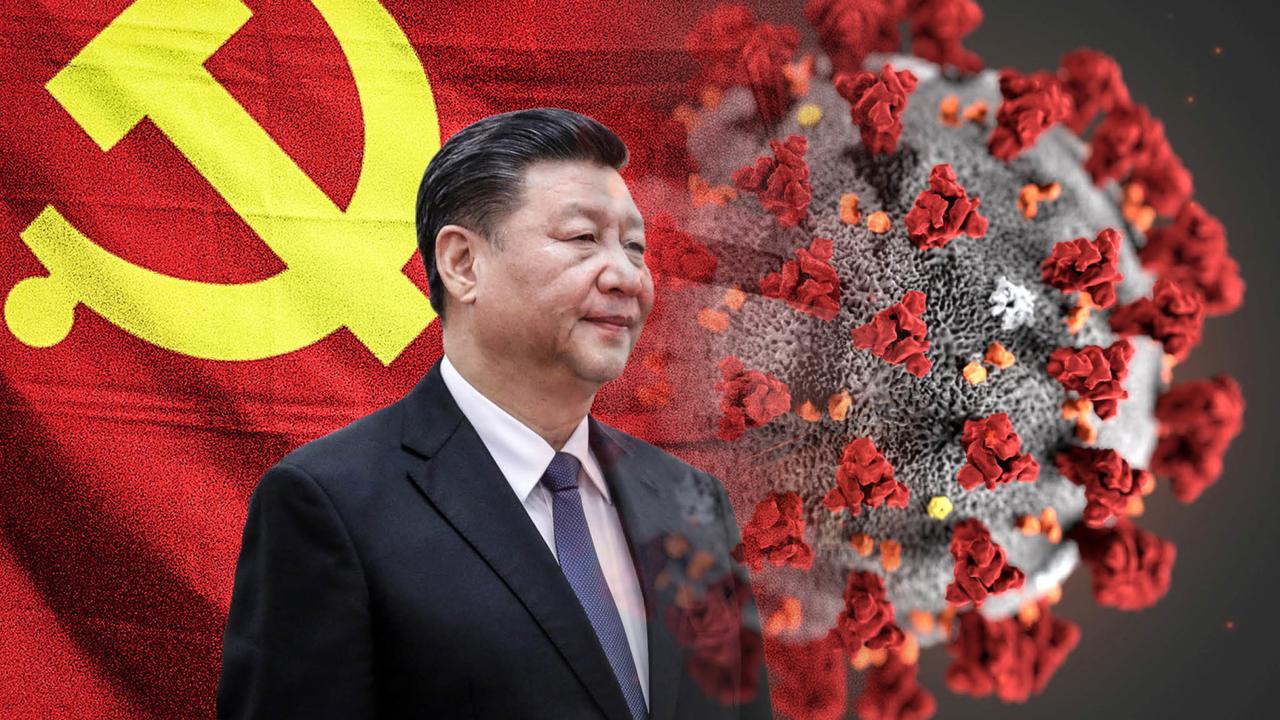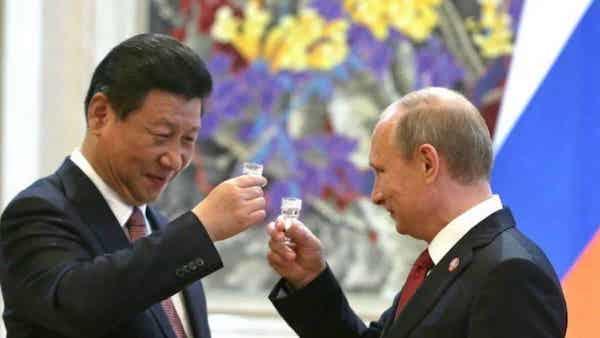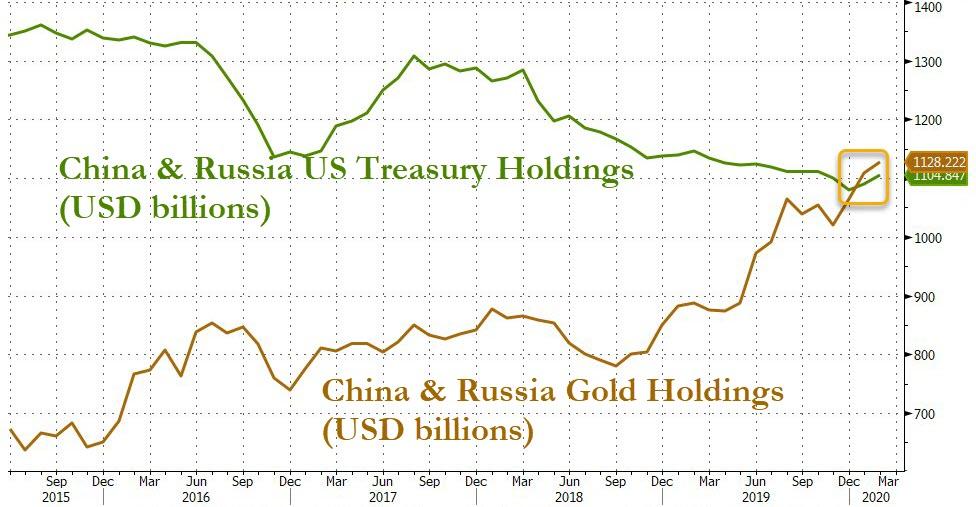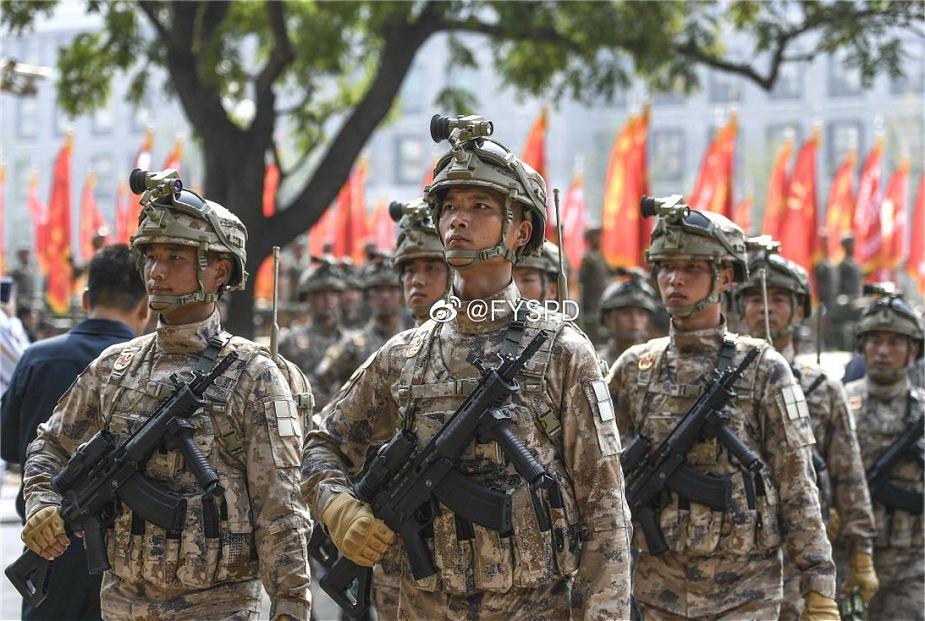This article is part of a feature package on how the American Dream became unaffordable for millions of working-class and middle-class Americans. For more on Reason‘s autopsy of how things veered off track, read “How the American Dream Became Unaffordable” or the other two features in the package, “How Doctors Broke Health Care” and “Student Loans Aren’t Working.”
At the beginning of the 20th century, there were virtually no zoning laws in the United States. By 1921, zoning had come to 48 large U.S. cities, representing a fifth of the country’s population. By 1932, 1,165 municipal governments had adopted zoning, covering more than two-thirds of the urban population. By 1968, nearly every metropolitan government had zoning, as did large swaths of rural America.
It was a revolution, and a rapid one. Property owners were once allowed to use their land for the most profitable or desirable use: live on it, sell it to a commercial or industrial business, sell it to a developer. Now nearly every municipality has rules that dictate how a piece of land can be used and what kinds of housing, if any, are allowed on it.
This wasn’t a spontaneous shift: The federal government made a concerted effort to promote the comprehensive regulation of local land use through zoning. That hasn’t just meant a decline in Americans’ liberties. It has meant sharp increases in the cost of housing and a country much more segregated by class and race.
Zoning arose at a time of rapid urbanization: The percentage of Americans living in urban areas jumped from 14 percent in 1880 to 54 percent in 1920. One source of this swelling was the Great Migration of African Americans out of the South and into Northern cities. Another was the large-scale migration of Eastern and Southern Europeans to the United States: The foreign-born share of American residents peaked at 15 percent around 1920.
This rapid influx rearranged urban politics. As growing ethnic groups organized well-oiled political machines, white Anglo-Saxon Protestants began to lose control over city governments. Many moved to the suburbs and created their own governments there. Others attempted to wrest back control of the cities by imposing new forms of policing power.
That old guard viewed migration and urbanization as chaotic, subversive forces. Native whites worried about competition for jobs, and some affluent Americans of Northern European descent fretted about the incursion of allegedly inferior genes. Social scientists of the era did not, by and large, feel a strong commitment to free markets—a typical scholarly article of the era declared that “large cities are excellent illustrations of the insufficiency of laissez-faire doctrine”—and so educated professionals were generally all too willing to impose new regulations. Enter zoning.
In 1920, native-born whites were much more likely to be homeowners than were immigrants from Eastern and Southern Europe, or Hispanics, or Asians, or African Americans. So zoning laws prioritized the single-family detached home and sought to isolate it from multifamily housing and from commerce. Robert Whitten, an early zoning leader who consulted around the country, was explicit about this. When Atlanta hired him to develop the city’s zoning statutes in 1922, Whitten tried to prohibit black people from living in white neighborhoods, even though the U.S. Supreme Court had struck down such laws in 1917.
More broadly, Whitten argued that even one apartment sends a community of single-family homes down a slippery slope of devaluation. His views were influential: He co-authored the New York City Planning Resolution, adopted in 1916, which the 1968 Douglas Commission—a working group charged with reporting to Congress about urban problems—later cited as setting “the basic pattern for zoning ordinances to this day.” That law attempted to curb the mixed use of land (combining businesses and residences) practiced by the city’s recent immigrants.
Urban historians agree that these local and state efforts were “substantially aided”—as the Douglas Commission put it—by Washington. In fact, the executive and judicial branches of the federal government were crucial to the rise of zoning.
Herbert Hoover led the effort on the executive side. The future president served as secretary of commerce from 1921 to 1929; early in that tenure, in 1922, he released the first version of the Standard State Zoning Enabling Act, a template for state legislatures to allow and promote municipal zoning. In 1926, his department issued A Zoning Primer, which further encouraged and facilitated the adoption of zoning.
On the judicial side, there were serious questions about the constitutionality of the new laws. As mentioned, the U.S. Supreme Court in 1917 had invalidated zoning based on race. In addition, the Court in 1912 had struck down an ordinance in Richmond, Virginia, that prohibited building owners from extending development past a hypothetical line (or setback) some distance in from the edge of their property—this, the justices said, violated property rights. And in 1921, the Texas Supreme Court struck down Dallas’ zoning in sweeping terms. Chief Justice Nelson Phillips wrote that “the right of the citizen to use his property as he chooses so long as he harms nobody” is both “an inherent and constitutional right.” He concluded from there that “the police power cannot be invoked for the abridgment of a particular use of private property, unless such use reasonably endangers or threatens the public health, the public safety, the public comfort or welfare.” For Phillips, such laws were as impermissible as a rule regulating a family’s clothes or diet.
But other states supported zoning. In 1924, Massachusetts’ highest court approved the town of Brookline’s right to halt the construction of a home for two families, after the city council passed a law prohibiting multifamily housing in the area. The justices decided that the restriction met the required standard of relating to public safety, health, or morals, on the grounds that single-family zoning increases fresh air, gives children and adults room to play and move, allows for the cultivation of land, and provides safety from infectious disease.
The landmark federal case came in 1926, after a company called Amber Realty sued the town of Euclid, Ohio, over a zoning ordinance that prohibited developing land for industrial use. The Supreme Court decided for Euclid, and in the process it upheld comprehensive zoning laws. At one point, Justice George Sutherland’s majority opinion declared that “very often the apartment house is a mere parasite.”
That ruling, coupled with Hoover’s model legislation, gave state and local legislatures around the country confidence to move forward with zoning laws.
I don’t want to suggest that zoning has had no positive effects. It has helped improve the quality and safety of housing. It has made it easier to link housing developments to roads, water, sewage pipes, and other infrastructure. It has certainly accomplished its goals of stabilizing property values and helping families keep away from factories, nightclubs, and garbage dumps. It may not be the only way to achieve such ends, but it has achieved them.
Yet zoning has failed by the most obvious and measurable metric: It has made housing far less affordable.
Zoning, by its nature, restricts the supply of housing. Where prices exceed construction and renovation costs, as they do now throughout the country, developers have a strong incentive to build more units on each acre of existing land. Zoning forbids this in all but the small areas set aside for multifamily housing.
During the rapid economic growth that marked the first half of the 20th century, there is some evidence that the cost of housing fell. New federal laws subsidizing mortgages via the Federal Housing Administration made homeownership more affordable and encouraged construction. So, later, did the G.I. Bill. Rental payments as a share of family income stood at 23.7 percent for the typical tenant in 1933; by 1960, the figure was 16.8 percent.
But since then, the trend has gone the other way. Median rent as a share of family income rose to 22.8 percent in 1980, then 27.1 percent in 2000. As of 2018, it stood at 31.4 percent. If housing costs were as low relative to income now as they were in 1960, the typical monthly rental bill would be $540. Instead, it’s $1,100.
Some might counter that housing quality has greatly improved since then, justifying the increase in costs. But while there have been improvements in home size, indoor plumbing, and access to electricity, the Northwestern University economist Robert Gordon has shown that most of that happened before 1970. Price index data from the Bureau of Economic Analysis attempt to account for the size and quality of housing by comparing the prices of the same unit over time. They show that quality-adjusted prices for housing rose only 1 percent each year from 1930 to 1970, while overall consumer prices rose 2.2 percent. Then the pattern flipped: From 1970 to 2018, housing prices grew 4.2 percent each year, while expenses overall grew at an annual rate of 3.5 percent. So for the last 50 years, according to government data, housing quality has not improved enough to justify the rise in housing prices.
In 2005, Gordon and his colleague Todd van-Goethem demonstrated that actual housing inflation is even worse than the government data suggest. For most of the 20th century, the Bureau of Labor Statistics did not account for the age (and, thus, the depreciation) of the unit being rented. And because of difficulties contacting previous tenants, the statisticians missed some price increases when one tenant replaced another.
Data from the Census Bureau tell the same story: Quality improvements have not come close to offsetting housing price increases. According to the American Housing Survey, the size of the typical home has increased only slightly from 1985 to 2017, from 1,344 square feet to 1,500. Rental units increased in size from 900 square feet to 974. Over a similar period, from 1980 to 2018, the median rental price per room increased by a factor of 4.6, from $131 to $600 in nominal dollars, whereas the median family income of renters increased by only a factor of 3.5. People are also much less likely to live in new homes now than in 1980: The median age of housing structures has increased by roughly 20 years. Meanwhile, the median commute time has increased by five minutes since 1980, suggesting that affordable housing requires moving further away from job centers.
Government policies have long prioritized homeownership and single-family detached housing. Yet homeownership peaked in 2005, during the housing bubble, at 69 percent. The homeownership rate now (64 percent) is just as high as it was in the 1960s and lower than in 1980 (65 percent). Meanwhile, the percentage of people living in single-family housing—the gold standard of America’s zoning planners—is down from 69 percent in 1960 to 62 percent in 2017.
Any way you look at it, housing has become less affordable and less efficient during the last half-century.
A century of zoning has also fostered segregation by race and class. Native-born people of African descent are roughly three times more segregated (according to a measure called an entropy index) in the United States than in England. Immigrants and low-income households are also far more segregated in the United States than in many parts of Europe.
The United States stands out as having the largest gap between rich and poor in neighborhood quality among rich democracies. Using Gallup World Poll data from 2009–2017, I was able to calculate the percentage of people in each country who rate their neighborhood favorably in terms of overall satisfaction, safety, affordability, and similar measures. I found that people in the bottom income quintile in the United States were roughly 15 percentage points less likely to give favorable answers than people in the top income quintile. That compares to a gap of only two percentage points in Sweden.
European land use policies, scholars have found, are not biased in favor of single-family homes the way they are in the United States. And the hostility to urbanization found among early 20th century American elites wasn’t nearly as popular in Europe, which experienced centuries of city life before the United States was even established.
In her 2018 book Segregation by Design (Cambridge University Press), the political scientist Jessica Trounstine demonstrates that cities that were early adopters of zoning experienced higher levels of segregation 50 years later. My own academic work on contemporary zoning shows that municipalities with more restrictive laws house fewer black, Hispanic, and blue-collar residents than surrounding areas in the same metropolitan area, and that metropolitan areas are more segregated when their suburban governments are more restrictive.
It’s impossible to quantify the damage this has done. Routine social contact between groups—ethnic, economic, or political—fosters trust. Isolation hinders it. Good neighborhoods launch low-income children on upward paths toward higher income, greater educational attainment, and lower arrest rates. Bad neighborhoods do the opposite. And segregation tends to trap low-income children in bad neighborhoods. One obvious way this manifests itself is in public education: Within the same metropolitan area, it costs several hundred thousand dollars more to buy a home near a high-scoring school than near a low-scoring school. (In metropolitan areas with abnormally severe exclusionary zoning policies, the school-quality cost gap is even higher.) Segregation has also deprived African Americans of wealth accumulation by devaluing homes and businesses in black neighborhoods.
Single-family detached homes may indeed have qualities that make them the most desirable abodes in which to raise a family, but those properties are in no meaningful way harmed by proximity to attached homes, condominiums, or apartment buildings. To fix zoning laws, the first step is to accept that poor people are not a negative externality akin to pollution. Then we can start to unravel the century-old knots that have prevented desegregation and made housing so unaffordable.
from Latest – Reason.com https://ift.tt/2ysfDeI
via IFTTT











